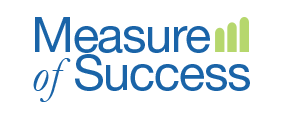Diversity Boxes – ticking and talking
The Schumpeter column of The Economist took a run at diversity this week with the hypothesis that fatigue is big part of the problem. This[…]
MONEYBALL – The Measure of Success Review
“..the first guy through the wall…it always gets bloody, always.” (John Henry to Billy Beane) How things change Getting people on board Defining performance and[…]
Can logic models work for you?
The “logic model” is a tool that is widely used in public and social sector initiatives. Like any tool, there are obvious on-target applications (e.g. hammer for inserting nail) as well[…]
The good news is: I understand your thinking…
Yesterday, I caught a very brief segment on talk radio where a well-intentioned gentleman was explaining a solution that reduced energy consumption by turning off[…]
